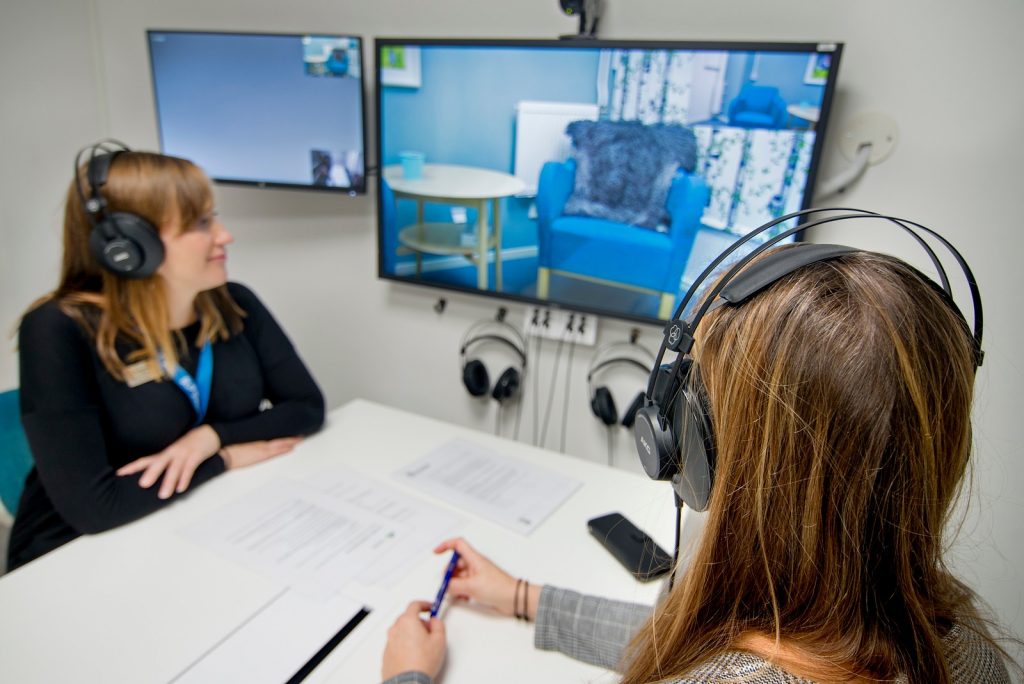17/11/2022
A project led by the URV seeks to improve how the legal system treats child victims of sexual abuse
Researchers evaluate the impact of the Nordic Barnahus model implemented as a pilot project in Tarragona so that it can be extended to the rest of Spain and they provide future magistrates with training on mechanisms to reduce the secondary victimisation of children

Researchers evaluate the impact of the Nordic Barnahus model implemented as a pilot project in Tarragona so that it can be extended to the rest of Spain and they provide future magistrates with training on mechanisms to reduce the secondary victimisation of children
Of the approximately 5,900 cases of child sexual abuse that are reported every year in Spain, fewer than 10% present physical evidence and fewer than 5% are conclusive, according to Save the Children. This makes it even more difficult for children to report what has happened and adds to the secondary victimisation that the process of reporting the case can entail. In an attempt to protect the rights of children and adolescents and improve how they are treated by the criminal justice system, the URV is leading the project “Impact of the Barnahus model on the protection of the rights of child victims of sexual abuse in the criminal justice system”, with the participation of the UOC, Save the Children and the Promise Barnahus Network, funded by the international organisation OAK Foundation.
Since 2020, Tarragona has been deploying the pilot project of the Barnahus model, a benchmark in Nordic countries for dealing with child victims of sexual abuse, which is to be extended to the rest of Spain. Researchers in the field of law are designing a tool for evaluating criminal proceedings that will highlight, among other issues, the changes that this model has brought about. These changes are expected to be greater confidence in the child’s testimony, higher rates of prosecution, sentencing and conviction, fewer interventions involving the child and shorter proceedings.
This methodology will provide indicators that can be used to make effective changes in legislation and professional practice which will prevent the re-victimisation of minors. In addition to being implemented locally, a protocol will be developed that can be used in other regions and countries.
Furthermore, throughout the project, awareness-raising, training and education activities will be organised on child-friendly criminal justice and mechanisms for reducing secondary victimisation for legal professionals, such as judges and prosecutors, lawyers, police, forensic scientists and social workers, all of whom play a key role. The first of these training sessions, organised by Save the Children, was held at the Barnahus in Tarragona on 16 and 17 November, where a judge from Iceland, an expert on the subject, gave the first session for future judges from the Judicial School of the General Council of the Judiciary.

The Barnahus model
The decision to change the model, which has been implemented as a pilot project in Tarragona for the first time in Spain and southern Europe, is a response to the negative consequences that the current justice system has for children who are victims of abuse. The diagnosis of Save the Children, a partner in this project, is the following: the process requires the intervention of a variety of agents who engage in numerous interviews in different places and for different reasons; the waiting time for the hearing, which can be months or even years, puts the child’s life on hold, and there is a lack of appropriate medical and therapeutic services for the victims and their families.
All of this leads to the secondary victimisation of the children because it causes them to experience negative emotions over and over again and loses their trust, in addition to the fact that the length of time that passed, the number of examinations, the media response and the vulnerability of the victim can contaminate the memory of the events.

The Barnahus model (Children’s House in Swedish) brings together, both conceptually and physically, all the agents and processes that are involved in dealing with a report of sexual abuse of a child. It is a child-friendly space, in which children can be examined, interviewed, assessed and monitored, and all the agents involved have to coordinate regardless of the service to which they belong.
The experience of countries where it has been implemented, such as Sweden, Norway and Denmark, is that it makes it easier for the children to give their account in the investigation phase because it provides appropriate conditions and spaces, makes the evidence more trustworthy, avoids delays, is based on evidence-based protocols and the video recording of the children’s testimonies means they do not have to be exposed during the hearing.
The URV research team consists of Núria Torres, the leader of the project, Elisabet Cerrato, Roser Casanova, Víctor Merino, Àlex Moreno, Eva Zafra, África Cruz, Sonia Pujol and Stephanie Ascencio Serrato.
